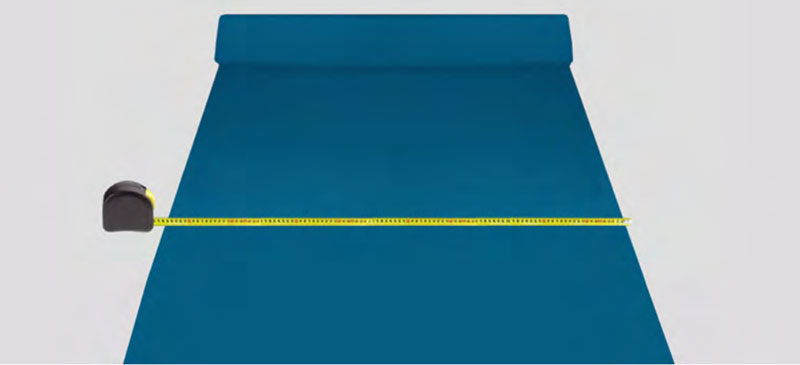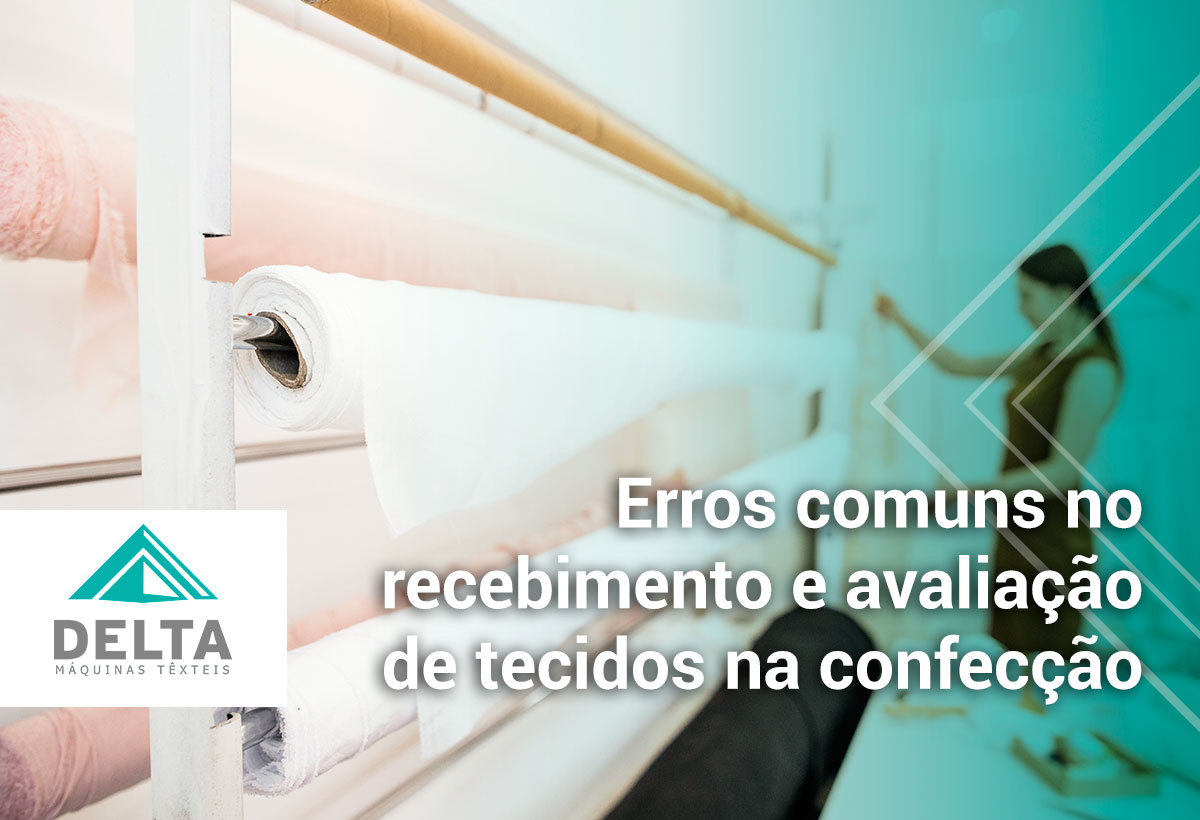Does your clothing company carry out fabric evaluation as soon as it arrives at the company? This is one of the main attitudes that can help eliminate losses from low-quality raw materials. However, it is not enough to evaluate, you need to know what to analyze to be able to find problems before they become flaws in your products.
Proof of this is that, although many companies are already aware of the need to evaluate fabrics, they still suffer from some errors. Do you want to know where they tend to “fail”? Continue reading and check it out!
What are the most common mistakes in tissue evaluation?

The first mistake and also the most common is the company believing that it is only necessary to count the number of rolls received. In fact, tissue evaluation goes far beyond that. It is necessary to check the ABNT standards and see if the metrological measurements (length and width) are being analyzed. See some examples below.
Related: Common manufacturing problems
Wrong measurement

The ABNT NBR 10589 standard states that the fabric must be left to rest for 8 hours before being measured with a measuring tape or tape and should never be stretched, as this would lead to an incorrect measurement.
Currently, it is possible to reduce relaxation time using a relaxer. However, some companies do not calibrate the meter, which can also interfere with the measurements. Always pay attention to these points.
Related: What influences mesh shrinkage?
Inadequate weighing
Knitwear is usually sold by weight and, therefore, weighing is an essential part of evaluating fabrics upon receipt. However, one of the common errors occurs when the company does not adjust the scale’s tare weight before starting, which changes the result of the grammage calculation.
Furthermore, it is recommended that a weight and length tolerance be agreed with the supplier. If this has not been done, CONMETRO Ordinance No. 149 of 2011 establishes a tolerance of 2% for these measurements.
Have you read these?
- Is it possible to guarantee quality in textile manufacturing?
- Clothing: how process innovation can reduce costs
- Productivity in clothing: 3 effects of the lack of quality of raw materials
Not knowing what can or cannot be considered a defect when evaluating fabrics
There are two standards that analyze defects in fabrics and knitwear. ABNT NBR 13378 (Defects in flat fabrics) and ABNT NBR 13175 (Defects in weft knitted fabrics) which identify what the defects look like. However, there are other standards that also help to classify by size or percentage, including:
- ABNT NBR 13484 – Flat Fabrics – used to classify according to inspection by scoring defects;
- ABNT NBR 13461 – Knitted Fabric by Weft – determines the percentage of defects.
These assessments can be carried out at the proofreader and help to calculate the number of defects depending on the size of the item and fabric.
Why is it important to control quality upon receipt?
It may seem laborious, but believe me, evaluating fabrics upon receipt will help to avoid many unforeseen events and losses and provide advantages that include:
- Waste reduction;
- Productivity gain;
- Reduction of second quality indices;
- Possibility of establishing predictability in production capacity;
- Increased ROI.
Related: What is quality control? How does it work in the textile industry?
This is all because when analyzing the correct width of the fabric, the right information will be sent to program the pattern fitting, making it possible to predict losses during cutting. Furthermore, defects such as torn selvedge, wobbly fabric, missing threads and stains can also be detected before the pieces are made.
When the weight is previously checked, it is also possible to know whether the fabric is light, medium or heavy and the sewing thread and needle will be chosen more accurately.
If you are thinking about ways to increasingly optimize your production, you also need to identify when is the right time to change your equipment, as this can bring huge gains and make you stand out from the competition. Find out more about this topic right now!


![E-book]How to ensure quality control in the textile industry?](https://www.deltamaquinastexteis.com.br/wp-content/uploads/2019/04/ebook-como-garantir-o-controle-de-qualidade-na-industria-textil.jpg)
